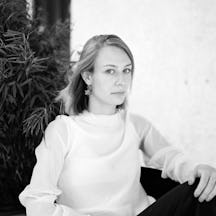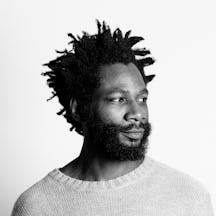When writer Elvia Wilk heard a theory that space junk could prevent us from leaving the planet, she experienced intense claustrophobia. But gradually, more positive feelings about humans, the Earth, and our interdependency brightened her reflections on our future.
Domestic titans
Words by Elvia Wilkartwork by Michael Saluaverage reading time 6 minutes
- Article
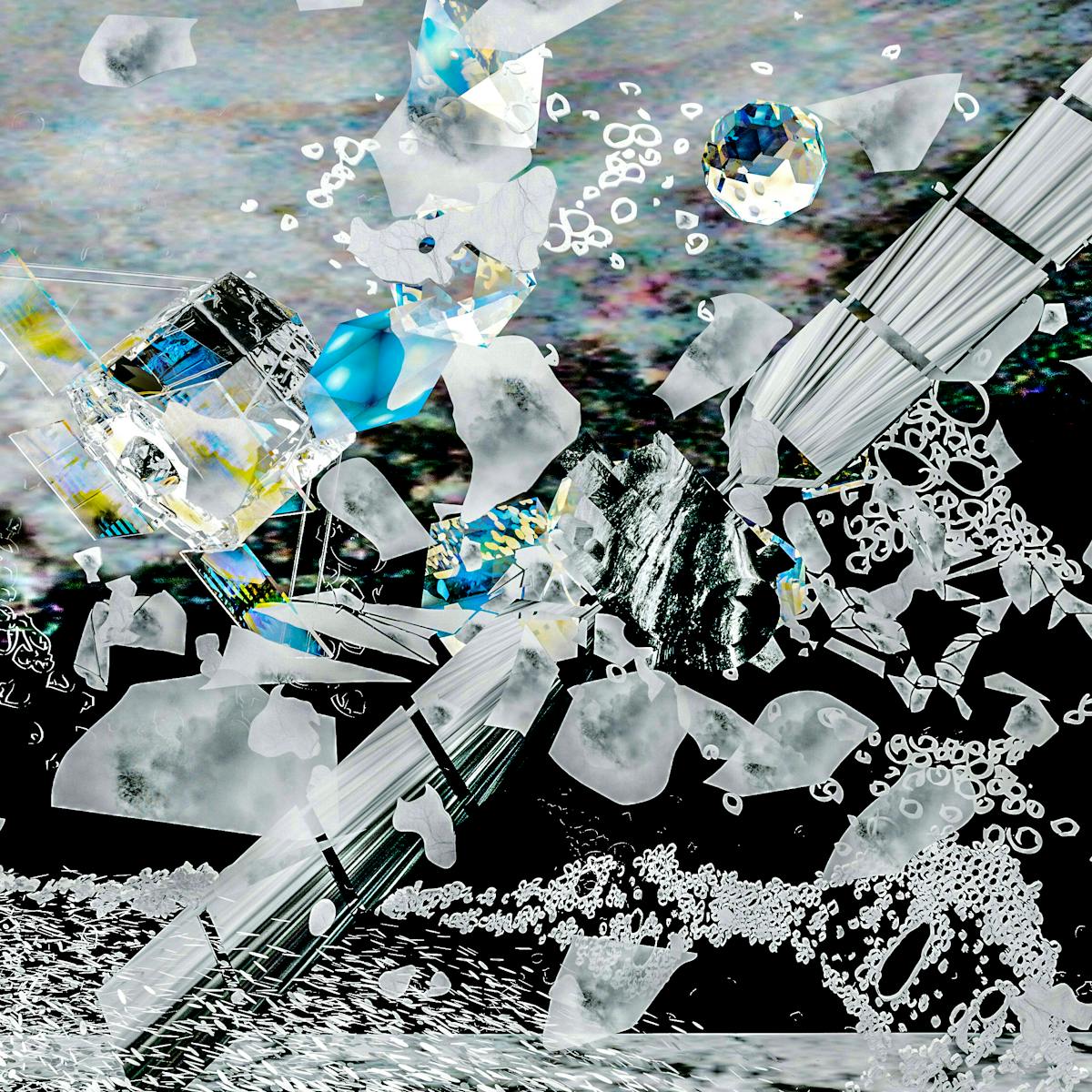
The first time I heard about the Kessler Syndrome, I was listening to a podcast while boarding a plane. I involuntarily stopped short in the aisle, dropped my bag, and crouched down as if to brace myself for impact. Perhaps I was responding to the vivid description of space debris smashing into and destroying spacecraft – not the nicest thing to imagine before takeoff.
But it was not only the idea of impending collision that buckled my knees. I had been hit with an intense and painful feeling of claustrophobia. I wanted to get off the plane, but I also wanted to get off the planet.
Since the launch of Sputnik 1 in 1957, humans have been installing more and more satellites in low Earth orbit. Increasingly these objects run into and sometimes break one another.
In the late 1960s, NASA astrophysicist Don Kessler proposed that these collisions might someday reach a tipping point, after which they will rapidly accelerate: each collision will cause things to break into smaller shards, which will then crash into and splinter other shards, until the entire planet is surrounded by an impenetrable shell of our refuse.
If the Kessler Syndrome takes effect, the shell will become so dense that we won’t be able to send satellites into orbit any more or shoot rockets into outer space ever again. If someone is already out there, we won’t be able to get them back. Recent years have seen a significant increase in orbital space trash. Space clean-up operations have recently kicked in.
An Earth-based symbiosis
Why did hearing that there might be no future for space travel strike such fear into my heart? I can’t have actually believed that I, personally, had a shot. Unless I manage to earn the requisite $55 million for a SpaceX ticket, the antigravity simulator at Space Camp in third grade was always going to be the closest I’ll get.
I hadn’t realised that any part of me desired to leave. But secretly I’d believed we – I – had an out!
On the conscious level, I don’t believe wholeheartedly in the project of space travel. Studying the cosmos is one thing, but when it comes to human space travel, I tend to agree with the writer Kim Stanley Robinson, who suggests that fantasies of offworlding allow us to shirk our responsibility to save what’s left of Earth.
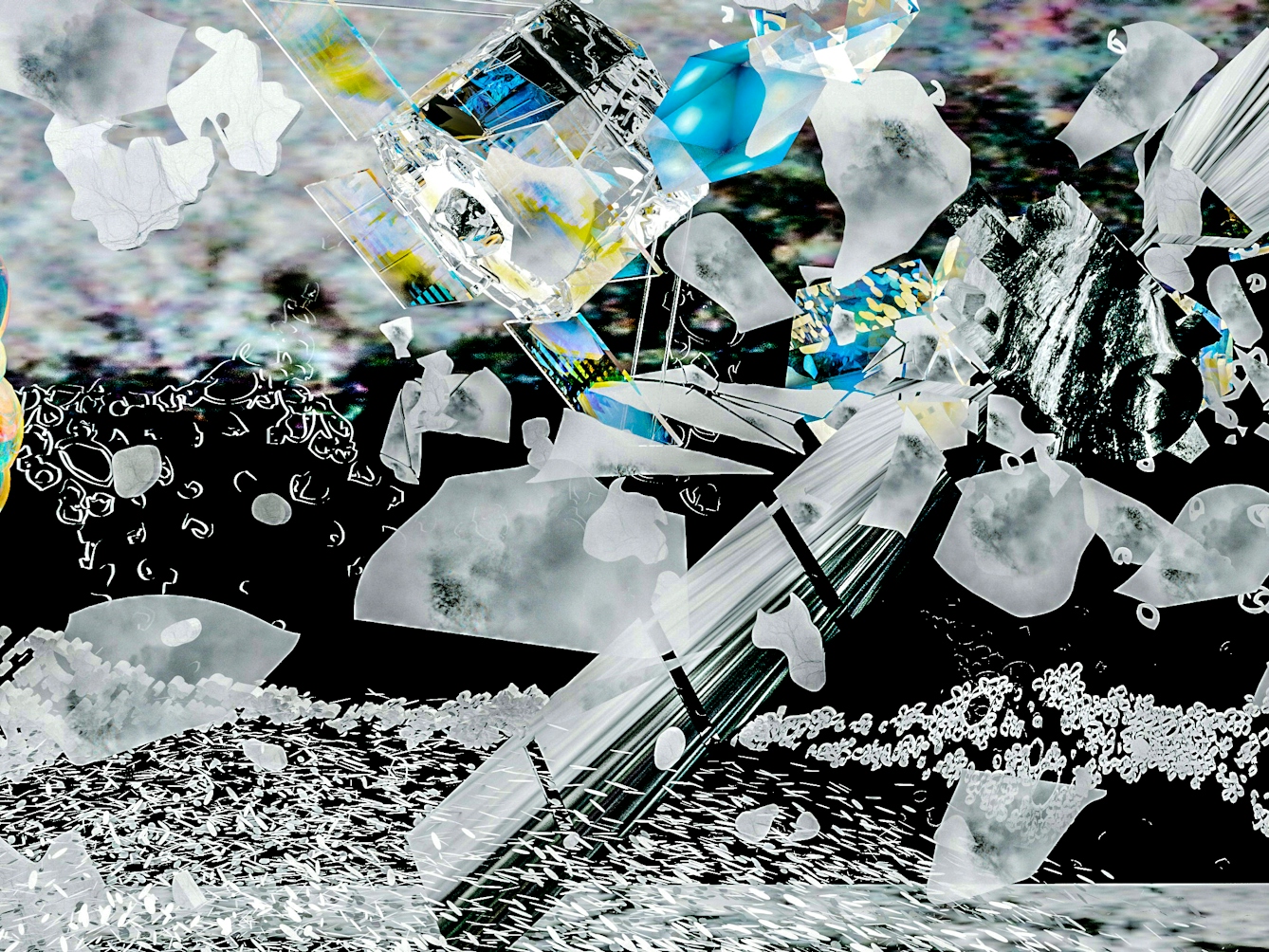
“Since the launch of Sputnik 1 in 1957, humans have been installing more and more satellites in low Earth orbit. Increasingly these objects run into and sometimes break one another.”
If we pin our hopes on abandoning Earth, he says, we’ll never value what we have or try hard enough to preserve it. The fantasy of space is a type of outsourcing: it allows us to jettison responsibility to someone or somewhere else.
In his novel ‘Aurora’ (2015), Robinson suggests that human life is symbiotic with Earth, such that we couldn’t survive for generations in space because to be human is to be Earthling. Our microbiomes are the macrobiome, and vice versa. Earth’s special mix of air, gravity, and plant, animal and microbial life is constitutive of our bodies to the degree that humans wouldn’t be human without them.
And further, space colonisation, especially of the reigning Elon Musk brand, is an extension of the extractivist and exploitative colonial impulse that is precisely what has destroyed the ecosystems necessary for survival on Earth. Perpetuating manifest destiny will likely only replicate the catastrophe; we’d do better reinventing politics and modes of survival in our own atmosphere.
The astronauts who never left
In 1991, a group of performance artists and activists called the Theater of All Possibilities installed eight people in an enormous greenhouse full of plant life that they called Biosphere 2. The inhabitants lived inside for two years, breathing recycled air, drinking recycled water and eating the food they grew. The project was meant partly as a proof of concept for future habitats in space, but it was primarily a consciousness-raising experiment intended to call attention to the unsustainable way of life on Biosphere 1: home planet Earth.
People may not get the opportunity to have a second home, the participants argued, in the spirit of Buckminster Fuller, whose 1969 ‘Operating Manual for Spaceship Earth’ compared the planet to a spaceship that humanity must learn to pilot together. There is no alternative.
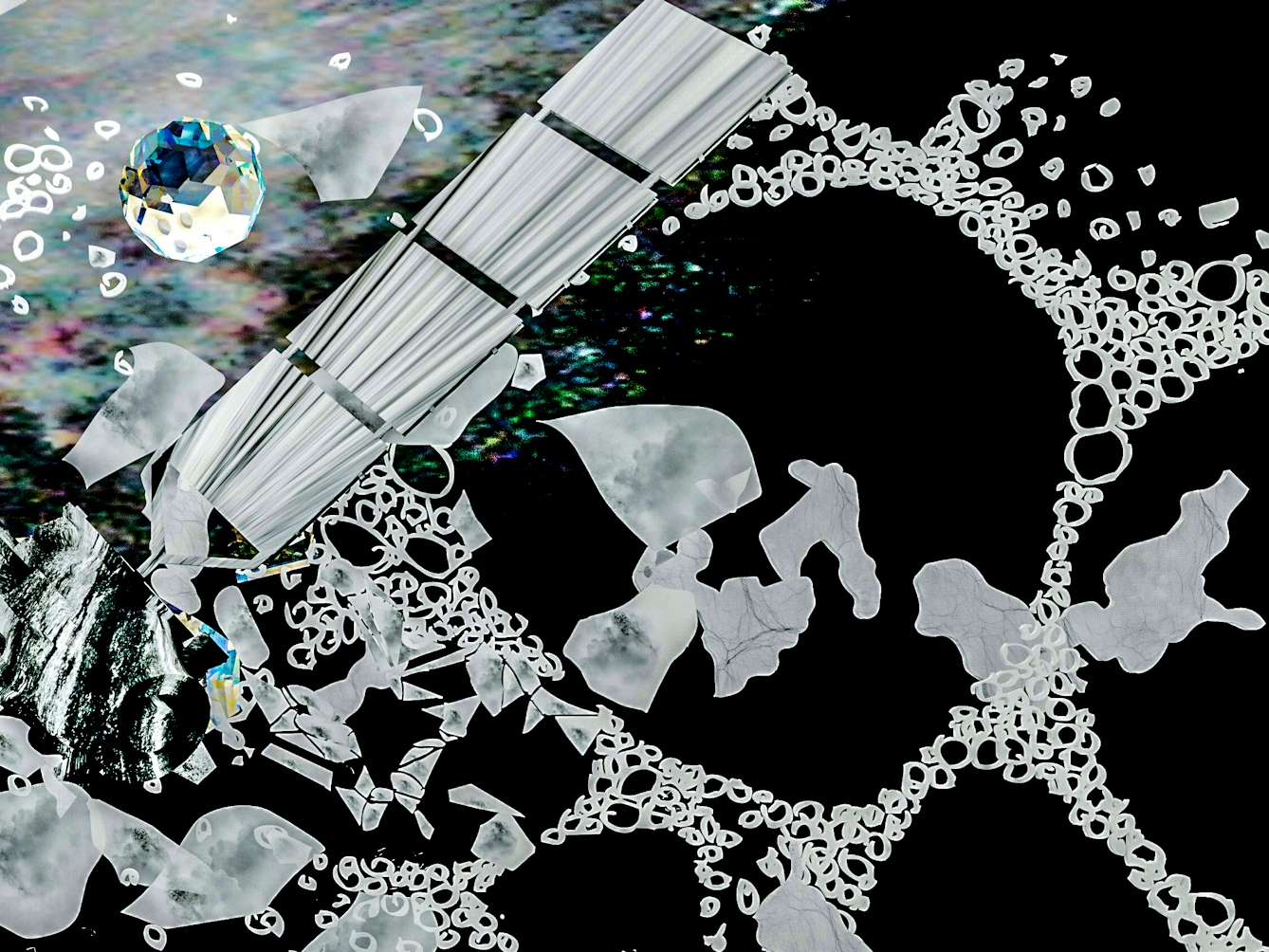
“If we pin our hopes on abandoning Earth, we’ll never value what we have or try hard enough to preserve it. The fantasy of space is a type of outsourcing.”
When I heard about Kessler’s hypothesis, I was working on an idea for a novel about an artist residency in outer space. The artist-in-space colony, I thought, would allow me to work through issues such as the isolationist impulses of the culture industry, the idea that artists can or should produce artwork in a vacuum, and the ways that the arts often serve capitalist projects that subsume or obliterate critique.
But without realising it, I had also, I think, been indulging in the fantasy of escape, of terra nullius, of starting over.
By the time I heard the podcast, I still had not managed to get my main character into outer space. Every time I tried to conjure the plot mechanism that would launch the space residency, I found her again sitting in her apartment and staring out the window.
There is only Spaceship Earth.
Perhaps this was simply due to a gap in my speculative capacities, a sign that I’m not well suited to plotting space operas. But I think it was also due to an underlying suspicion that the artifice was not necessary. That the microcosm contains the macrocosm. New worlds are to be discovered and conjured in the minutiae of the everyday. There is only Spaceship Earth.
New worlds on the home planet
When Covid-19 quarantine descended a year or two later, my own home became my entire biosphere. I found myself once again fixated on the image of the Earth in a shell, of a spaceship one cannot exit from. Instead of reading and writing about outer space, I began reading and writing about plants.
The main character of the novel I ended up writing has never left her apartment. And while I hope that Kessler wasn’t right, I have abandoned my fears about being confined to Biosphere 1. Rather than as universe-conquering astronauts, I would prefer to think of people in the terms that the philosopher Emanuele Coccia describes plants, which, entirely dependent on and constitutive of their immediate surroundings, are “domestic titans that do not need violence to found new worlds”.
About the contributors
Elvia Wilk
Elvia Wilk is a writer and editor living in New York. Her work has appeared in publications like the New York Review of Books, Frieze, Artforum, Bookforum, Granta, The Atlantic, n+1, The White Review, BOMB and 4Columns. Her first novel, ‘Oval’, was published in 2019, and an essay collection called ‘Death by Landscape’ is forthcoming in July 2022.
Michael Salu
Michael Salu is a British-born Nigerian writer, artist, critic, and creative strategist. He has produced creative and critical work on technological and geopolitical changes in society and culture, and his writing has appeared in many literary journals, magazines and art publications, and he has exhibited art internationally. Michael has directed the creative output of many cultural brands and organisations. He has held several advisory roles, contributed to academia and spoken at many events and symposiums, including 5x15. He has won awards and received commendations across design, art and literature. He runs House of Thought, an artistic research practice and consultancy focusing on bridging creative, critical thinking and technology.
